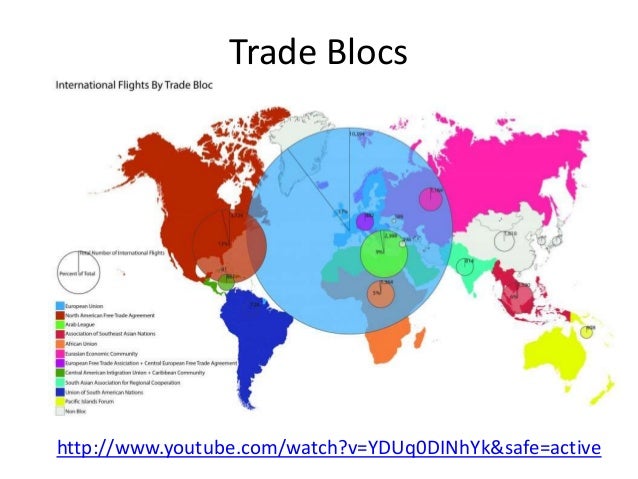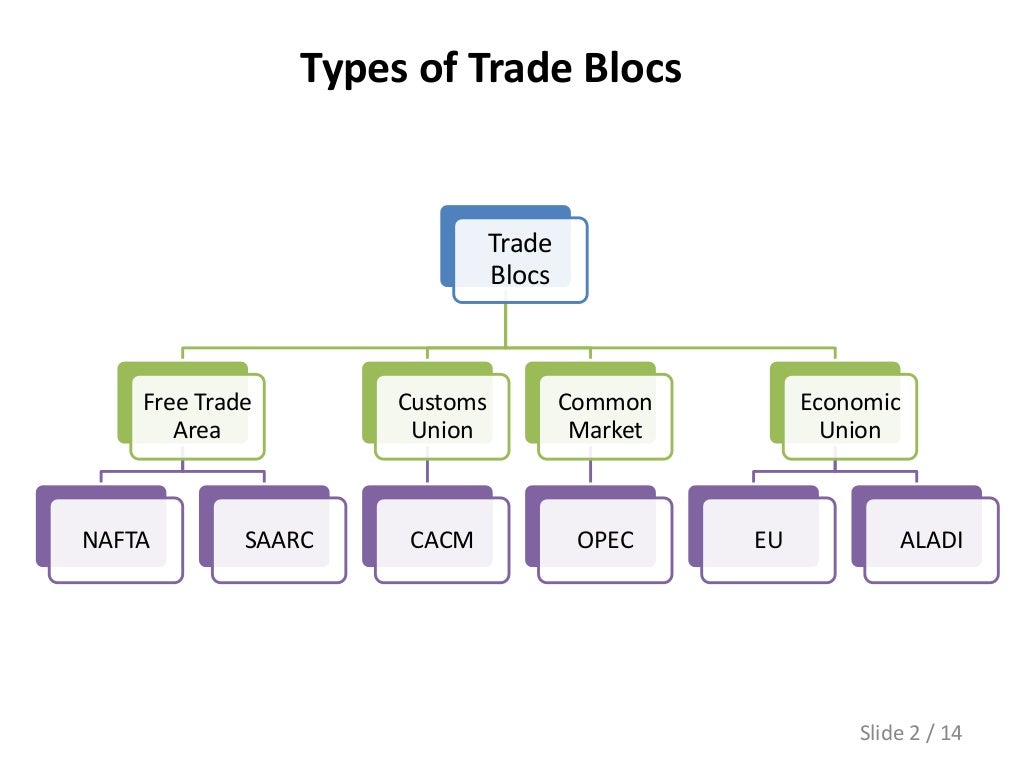

As per UNCTAD statistics of 2018, Nigeria has GDP of $US422 billion, merchandise exports of $US62 billion merchandise imports of $US4 billion. According to IMF World Economic Outlook, three African countries are in the top 50 countries ranked as per GDP Nigeria (28), South Africa (37) and Egypt (42). Being a less developed region, informal employment accounts for 70%. According to 2016 statistics of international monetary fund (IMF), the GDP per capita of Africa was USD 3260 with a GDP growth rate of 5.8%. Trading blocs are comprehensive agreements binding countries and institutions for promotion of interregional and intraregional trade.ĭespite the trade challenges of African countries, the economic might of Africa cannot be undermined. The changes in the recent past can further be gauged by formation of regional trading blocs in the African region. However, with the formation of World Trade Organization (WTO) in 1995, and in the later years with African countries becoming member of the trading body, African countries have been integrated into the international trading systems as well as participated in the Redressal Mechanism of WTO. Therefore, the heterogeneous nature of African countries such as attribute of failed states, presence of landlocked countries, resource-rich countries and resource-poor countries are the possible reasons for slow-growth in the region. In addition, 16 countries out of 55 African countries are landlocked countries which pose great hindrance to trade development in such countries. In 2015, 27 countries out of the 28 poorest countries of the world were from sub-Saharan Africa and by 2020, in terms of population, 37.5 million out of the almost 1.4 billion of the African population live in extreme poverty. Many reasons have been adduced to the low contribution of African countries to the global economy. However, it remained a less developed region and failed to contribute meaningfully well in the international trading system.

Africa has long been a hub of natural resources and hence a contributor in the international trade. The issue around the Global South is that global development without the African development is not complete. The relevance of Global South has increased in recent years with the global economic slowdown. The WEF Meeting of 2018 discussed the perils of emerging economies in terms of declining economic growth amid a global economic slowdown. The belief is that global development is not possible along with regional imbalances in the international arena. In the international policies, global development has become one of most important objectives, whether it is World Economic Forum (WEF), United Nation Conference on Trade and Development (UNCTAD) forum discussions, or World Bank reports.

According to World Bank classification, most of the countries from Africa comes under the category of Global South. Global North consists of developed countries, while Global South consists of low- and middle-income countries located in Asia, Africa, Latin America and the Caribbean. World Bank has divided the whole world into Global North and Global South when focusing on development issues. This study concludes that African countries are emerging with great export potentials, therefore, governments and private sectors should create the necessary incentives and export policies for the realization of these potentials to maximise the global value chain. The highest contribution of COMESA followed by EAC may be due to the growing economy of member countries like Kenya and Rwanda, while that of COMESA and SADC may be as a result of the large economy of Nigeria and South Africa respectively. Our findings, after establishing cointegration, on the other hand show that COMESA has the highest contribution to the global exports, followed by EAC, ECOWAS and SADC with ECCAS and SACU the lowest contributors. The estimated gravity model reveals that the long run estimations show that the coefficient estimate for SACU and ECCAS are insignificant in the long run while SACU, EAC and ECCAS as RECs, have insignificant contribution to export in the short run. The gravity equation that models the export contributions of the six selected African RECs to the global export is estimated. This study employs the gravity model to estimate the extent of the contribution of six African trade blocs to the global economy using the gravity model spanning from 1980 to 2018.


 0 kommentar(er)
0 kommentar(er)
